 A recently published article in Manufacturing Business Technology, " Next-Generation Manufacturing: Are You Ready?" addresses the changing face of manufacturing facilities. These cutting-edge facilities embrace information-based approaches to manufacturing, advanced technologies, and a growing number of younger workers. An excerpt: "There is a revolution underway in manufacturing today that is ushering in a new era for the industry. If you take a step inside and look around one of today’s most advanced facilities, you’ll see it’s a far cry from the dark, dirty and dangerous rust-belt dungeons of manufacturing days gone by. Instead, these forward-thinking facilities are clean, bright, efficient workplaces that use some of the most cutting-edge technological advances available — robotics, 3D printing, mobile internet, cloud computing, big data and the Internet of Things (IOT) — to gain an edge in the marketplace with greater efficiencies, increased productivity, and other advantages that equate to a much healthier bottom line."
0 Comments
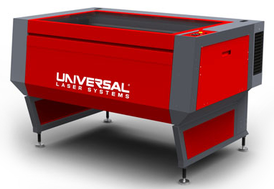 Universal Laser Systems is known for quality, versatility and reliability. Investing in a premier, cutting edge laser cutting and engraving system is only half the battle - maintaining is a necessary component to ensure your laser is able to provide optimal performance. A robust maintenance program is a huge step toward that objective. Rest assured - maintenance doesn't have to be expensive to be effective. Our partners at Universal Laser Systems has set out to provide a DIY guide to maintaning your laser's performance with a series of tips and suggestions written by their expert support team to help you keep your laser system in tip-top shape. Since fine-tuning is often the key to obtaining the best quality, we want to be sure you have a mixture of the most up-to-date information and fine-tuning suggestions cultivated by our team through collective years of experience. Check out the first installment in this series, which pertains to maintaining optics. Have a question for the ULS service team? Send them to Moss and you may be featured in an upcoming edition!  “What do you want to be when you grow up?” This is a favorite question for relatives to ask students at the holiday dinner table. It’s a great question – it help Aunt Sue understand which classes a student enjoys, and prompts the student to think about and articulate their plans for the future. While students are accustomed to sharing career aspirations about jobs they are familiar with – “doctor” “firefighter” and “construction worker” -- students in Pitsco Expeditions labs may have new answers this year. That is because Pitsco is weaving in Career Connections into every Expedition, giving students exposure to exciting careers, and a context for the skills they are learning. Introducing Junior High students to careers like Product Designers, Entrepreneurs, Materials Tester, Crime Lab Specialist, Chemists, and Architects serves a couple of purposes: Understanding the “Real World” When a student starts to think about what they can do after graduation, they start to look at the world around them in a different way – they look through an empowered lens with confidence. They begin to understand the role each career can play in the world around them, and how they would improve that career. Adds Relevance to Current Lessons When they can add relevance to an abstract concept, like why understanding math and simple circuits is a building block for a future in electronics or electrical engineering, they start to take the lesson more seriously. Students go from rote memorization to truly understanding a concept and how it applies outside of the classroom. Explore Aptitude Students, especially at the middle level, learn so much about themselves through trial and error. Having a hand and “trying out” careers like “Concert Lighting Technicians” broadens their mindset, and helps them consider career paths they may not have previously considered. Let’s face it, we are educating students for careers that haven’t even been invented yet, so building a solid skills foundation, as well as a broad scope is important. Transcends Economic Factors Often, a student’s socio-economic background has an effect on the careers they are exposed to. Career connections play an invaluable role in expanding a student’s horizons. Expeditions by Pitsco Education aim to expand and draw career connections for students. Click below for a complete list of career connections by Expedition. You tell us: why are Career Connections so important to middle level students? How do you introduce your students to potential career paths? Have you checked out our MimioTraining™ Quick Learn series yet? It’s a great place to find tips to enhance your lessons, learn how to integrate our products into your curriculum, and stay on top of the latest education trends. We offer a variety of sessions every month taught by Mimio Expert teachers, as well as On-Demand recorded sessions, created to help educators achieve their classroom goals.
A few of the topics covered in the MimioTraining Quick Learn series:
This is a small sample of the lessons available. Each session is taught by teachers who have succcessfully integrated this technology in their classroom, so they can provide real insight and best practices. Click below to check out these or other lesson topics. Your turn -- share your greatest technology integration tip in the comments below! The Great Debate – Additive vs. Subtractive Manufacturing (What Your Students Need to Know!)12/1/2016 Experts are discussing an important shift in manufacturing technology: which is more beneficial, additive or subtractive manufacturing. Let's face it - it's a crowded field, full of technologies and applications. Fictiv discusses the future of production in this blog post, and how people are choosing technology for tomorrow’s industry. In today’s maker-climate, each technology has advantages, and implications for your students.
Additive Manufacturing Additive manufacturing is another term for 3D printing, and can use a variety of materials and printers. 3D printing has always been very useful for rapid prototype development, but it is starting to make its impact on the manufacturing world as well. Materials such as PLA and ABS plastics, as well as composite and metal materials improve printing. 3D printing is used as a step in the design process in companies ranging from Nike to Ford. Designers will print a prototype and use a 3D rendering to test and develop and enhance in a way that drawings can’t duplicate. Prints are faster and cheaper to produce than traditional machine tooling. The precise dimensions (often printed in color) provide a realistic model for designers and engineers to manipulate. Subtractive Manufacturing Subtractive manufacturing is a process by which 3D objects are constructed by successively cutting material away from a solid block of material. Subtractive manufacturing can be done by manually cutting the material but is most typically done with a CNC Machine. One of the advantages of subtractive manufacturing is the variety of materials that can be used, from wood and metal to plastics and acrylics to plasma. (Finer applications such as laser engravers work with an even wider array of materials.) CNC is widely used in manufacturing, and can be found in most facilities. Necessary Skill Set There is ongoing conversation about which method is more prevalent in the future of manufacturing. In reality, both have a place in 21st century manufacturing, which is why your students should be familiar with both technologies. In order for someone to comfortably use either technology, they need a solid understanding of design and CAD (Computer Aided Drafting) programs, as well as a familiarity with engineering principles so they can understand and develop using the best materials for the project. CNC operators should have a mechanical aptitude, and be able to read blueprints and drawings. Learn More You can give students hands on experience with both additive manufacturing (3D printing) and subtractive manufacturing (CNC). Moss partners with the following companies to provide cost-effective classroom solutions:
|
AuthorYou have questions about STEM education? You're not alone! We're here to share ideas and provide thought-provoking commentary. Let us know your thoughts! Sign Up for Email Updates For Email Marketing you can trust. Categories
All
Archives
February 2017
|
- Home
-
K-12
- College
- Industry
- Certifications
-
Partners
- Afinia-3D Printing
- Amatrol-Manufacturing Training Equipment
- Apolo Studios- Welding Simulation
- APT Manufacturing
- Bantam Tools - CNC
- CEF-Custom Educational Furniture
- DAC Worldwide-Manufacturing Equipment
- FANUC-Robotics & CNC
- Greene Manufacturing Inc - Furniture
- Iconic CNC
- Interior Concepts-Furniture
- Levil Technology-CNC
- MSSC Certifications
- MINDS-i Education
- Pitsco Education-STEM
- SimLog-Heavy Equipment Simulation
- Stokes Robotics
- Techno CNC Systems
- Universal Laser Systems
- VictoryXR - Virtual Reality
- WB Mfg - Furniture
- Funding
- Contact
- About
- Home
-
K-12
- College
- Industry
- Certifications
-
Partners
- Afinia-3D Printing
- Amatrol-Manufacturing Training Equipment
- Apolo Studios- Welding Simulation
- APT Manufacturing
- Bantam Tools - CNC
- CEF-Custom Educational Furniture
- DAC Worldwide-Manufacturing Equipment
- FANUC-Robotics & CNC
- Greene Manufacturing Inc - Furniture
- Iconic CNC
- Interior Concepts-Furniture
- Levil Technology-CNC
- MSSC Certifications
- MINDS-i Education
- Pitsco Education-STEM
- SimLog-Heavy Equipment Simulation
- Stokes Robotics
- Techno CNC Systems
- Universal Laser Systems
- VictoryXR - Virtual Reality
- WB Mfg - Furniture
- Funding
- Contact
- About


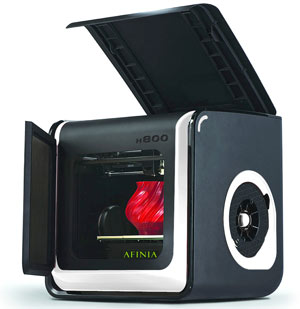
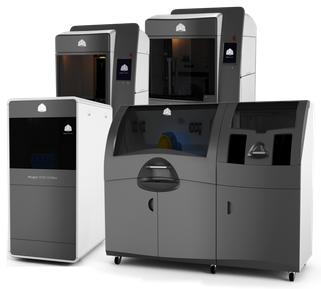
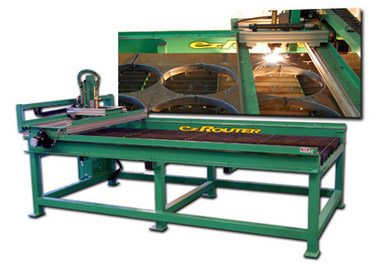
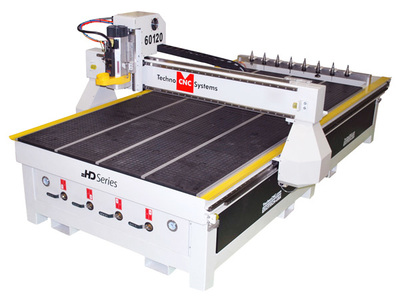
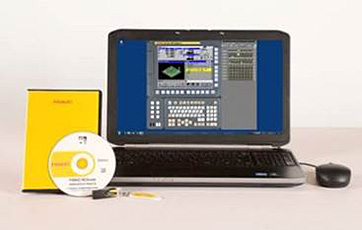
 RSS Feed
RSS Feed
